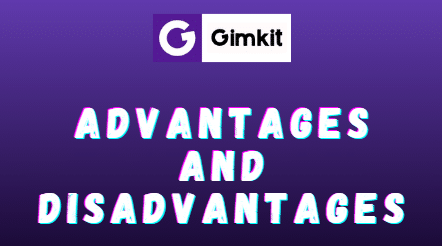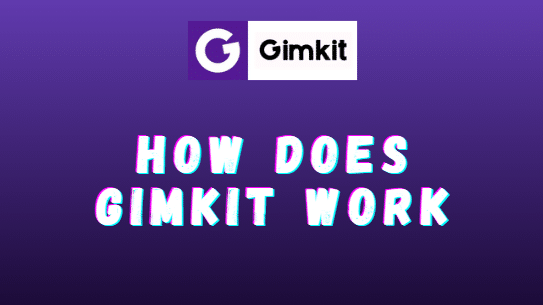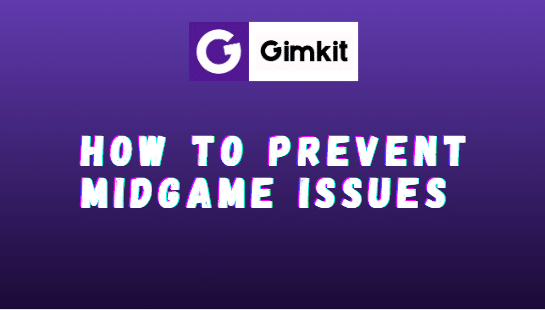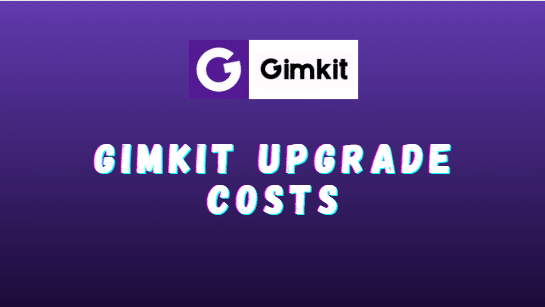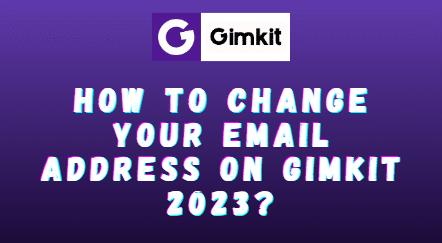Gimkit Advantages and Disadvantages: Exploring the Pros and Cons
In this article, we learn the advantages and disadvantages of Gimkit, an interactive learning platform, and gain insights into how it can revolutionize student engagement while understanding its limitations.
Gimkit Advantages and Disadvantages
Interactive learning platforms have transformed the way educators engage students and promote effective learning outcomes. Gimkit is one such platform that has gained popularity due to its gamified approach and interactive features. In this article, we will delve into the advantages and disadvantages of using Gimkit in the classroom, providing a comprehensive overview of its potential benefits and limitations.
Advantages of Gimkit
Enhanced Student Engagement: Gimkit’s gamified approach creates an immersive learning environment that captures students’ attention. By incorporating game elements, such as rewards, points, and leaderboards, Gimkit motivates students to actively participate and remain focused on the educational content.
Immediate Feedback
One of the significant advantages of Gimkit is its ability to provide immediate feedback to students. As they progress through the game, students receive instant feedback on their answers, allowing them to understand their strengths and weaknesses in real time.
This feedback loop promotes continuous learning and helps students identify areas that require further attention. May Also Like: How Does Gimkit Work?
Personalized Learning Experience
Gimkit allows educators to customize game sets according to their specific learning objectives and students’ needs. By tailoring questions, difficulty levels, and content, teachers can create a personalized learning experience that caters to individual student abilities and promotes deeper understanding.
Data-Driven Insights
Gimkit provides comprehensive analytics and progress-tracking tools that allow teachers to monitor individual and class performance. By analyzing student data, educators gain valuable insights into students’ strengths, weaknesses, and overall progress. This data-driven approach enables targeted interventions and personalized instruction, improving learning outcomes.
Collaboration and Teamwork
Gimkit encourages collaboration and teamwork among students. It offers features that allow students to work together in teams, fostering communication, cooperation, and problem-solving skills. Collaborative learning not only enhances student engagement but also promotes a supportive and inclusive classroom environment.
Interactive and Engaging Learning
Gimkit’s interactive nature makes learning enjoyable for students. The incorporation of game-like features, such as leaderboards and interactive visuals, creates a dynamic and immersive learning experience. This interactivity keeps students actively involved and motivated throughout the learning process.
Promotes Knowledge Retention
By presenting content in a gamified format, Gimkit aids in improving knowledge retention. The combination of visual stimuli, rewards, and immediate feedback helps reinforce learning and memory recall. Students are more likely to retain information when they are actively engaged and motivated to succeed.
Differentiated Instruction
Gimkit allows for differentiated instruction, catering to diverse student needs. Educators can customize the difficulty level of questions or provide hints and scaffolding for struggling students. This flexibility ensures that students can learn at their own pace and receive individualized support when necessary.
Promotes Critical Thinking and Decision Making
Gimkit’s game-based approach fosters critical thinking and decision-making skills. Students are required to analyze information, make informed choices, and strategize their gameplay. These skills are transferable to real-life scenarios and contribute to the development of problem-solving abilities.
Increased Participation and Inclusivity:
Gimkit encourages active participation from all students, including those who may be hesitant to engage in traditional classroom settings. The interactive and competitive elements create a sense of inclusivity, where students feel encouraged to contribute and share their knowledge without fear of judgment.
Disadvantages of Gimkit:
Overemphasis on Competition: While the competitive nature of Gimkit can be motivating for some students, it may create an environment where the competition takes precedence over the actual learning process. Students might focus more on earning points and rewards rather than understanding the concepts deeply.
Limited Subject Adaptability
Gimkit’s effectiveness varies across different subjects and topics. While it can be highly beneficial for subjects that involve memorization and recall, it may not be as suitable for subjects that require complex problem-solving or critical thinking. Educators should consider the subject matter before incorporating Gimkit into their lessons.
Time Constraints
Gimkit games require time for setup, customization, and gameplay. In a classroom setting with limited instructional time, finding a balance between utilizing Gimkit effectively and covering the curriculum can be challenging. Teachers need to plan accordingly to ensure the optimal use of time.
Technical Requirements and Accessibility
Gimkit is an online platform, which means it requires internet access and compatible devices for both teachers and students. In some cases, limited access to technology or unreliable internet connectivity can hinder the smooth implementation of Gimkit in certain learning environments.
Potential for Distraction
The gamified nature of Gimkit can occasionally lead to distractions. Students may become overly focused on earning points or engaging in competitive aspects, which may divert their attention from the primary learning objectives. It is essential for educators to establish clear guidelines and emphasize the educational purpose of Gimkit.
Dependence on Technology
As an online platform, Gimkit relies on technology and internet connectivity. Any technical issues or connectivity problems can disrupt the learning experience. Educators must ensure that appropriate technical resources are available and reliable to avoid interruptions during Gimkit sessions.
Limited Contextual Learning
While Gimkit excels in reinforcing knowledge and recall, it may have limitations when it comes to providing contextual understanding. Some subjects, such as history or literature, require a deeper analysis of concepts and connections beyond factual recall.
Educators need to supplement Gimkit with additional teaching methods to ensure a comprehensive understanding of the subject matter.
Conclusion:
Gimkit offers several advantages that enhance student engagement, promote active learning, and provide valuable insights for teachers. Its gamified approach, immediate feedback, and customization options make it a powerful tool in the classroom.
However, it is important to acknowledge the potential disadvantages, such as the emphasis on competition, limited subject adaptability, time constraints, and technical requirements. By understanding these pros and cons, educators can make informed decisions about incorporating Gimkit into their teaching practices, ensuring an effective and balanced learning experience for their students.

